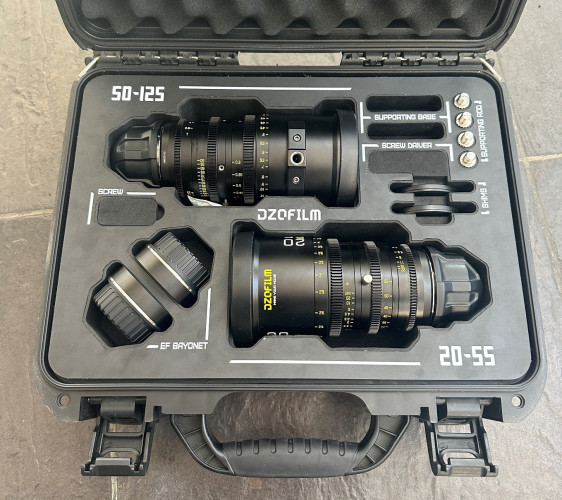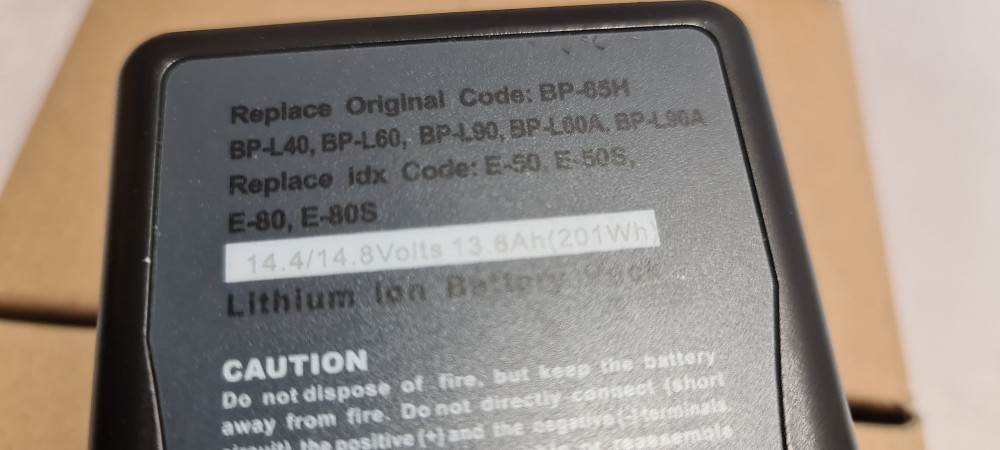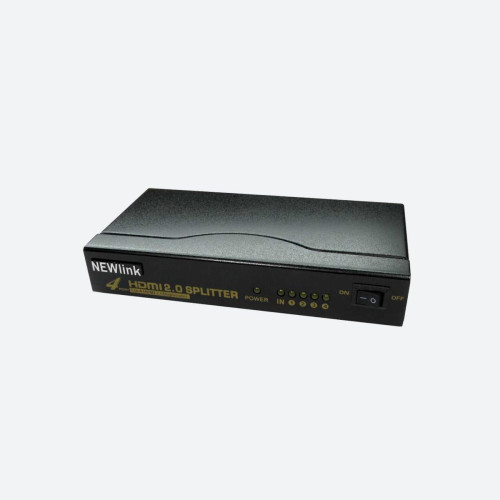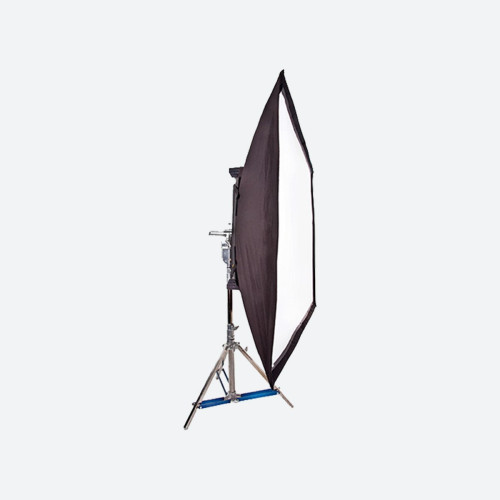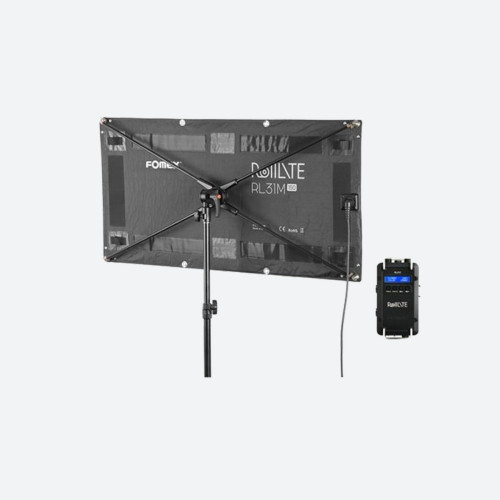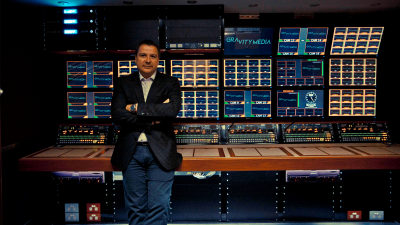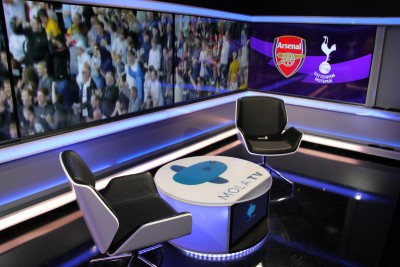Calzaghe Fight with Input Media
Author: Dennis Lennie
Published 1st July 2008
Sports production company Input Media faced a series of technical, logistical and creative challenges when they were commissioned by fast rising broadcaster Setanta Sports to cover one of the biggest live Boxing events ever staged in the UK.
The main fight during the 8-hour long broadcast was the world unification fight between WBO/IBF Super Middleweight Champion Joe Calzaghe and WBC/WBA champion Mikkel Kessler, which took place in front of a record sell-out 58,000 crowd at the Millennium Stadium in Cardiff last November.
The 12 fight Frank Warren bill was broadcast live on Setanta Sports 1, and was taken globally by HBO in the States, Argentina and Danish broadcasters Viasat, and 92 countries worldwide.
Due to the American market, the main fight was scheduled to start at 01.30 in the morning UK time, and the whole broadcast finished at 03.30 am. With the first fight beginning at 20.00, this meant a 15 hour day for the whole team of over 150 personnel, including Directors, Producers, PMs, Editors, Floor Managers, Commentators, Cameramen, Riggers, EVS operators, Vision Engineers, Sound engineers, etc.
The 12 camera coverage was in HD, but one of the technical challenges was in producing the World feed for the Americans in HD, and providing Setanta Sports with an SD programme. This involved using a separate OB Unit for the World Feed (in HD for the States), and providing a second OB truck to down convert the fight coverage to SD for the Setanta Sports presentation and other European Broadcasters.
Both trucks were provided by Input Media’s OB partner Bow Tie Television, whose HD Unit 1 has a relatively new Sony MVS 8000 HD/SD vision switcher and a Calrec Sigma digital audio desk. Sony HDC 1500 HD cameras were used for the fight coverage, with two HDC 3300 super motion 3-speed cameras.
For the presentation element Thomson LDK6000 HD camera channels were used. The fight truck (HD Unit 1) worked in conjunction with an HD server truck where there were 4 HD 6 channel EVS machines and 2 HD EVS machines with super slo-mo software. All 6 machines (operated by 7 EVS operators) were networked, enabling instantaneous transfer of clips, packaging and replay to the Fight and Presentation galleries.
In addition to the Fight truck, Bow Tie’s HD/SD Unit 2 was used to produce the Setanta Presentation feed. For ease of operation and to reduce the amount of up and down conversions the Pres feed was also produced in HD, and down converted to SD just before leaving the truck for the uplink path.
As well as the fight truck, Setanta pres truck and VT truck, Bow Tie supplied feeds of the fight camera and microphones to the HBO HD add on. This involved a degree of integration with the American broadcaster supplying and receiving video, audio and reference feeds plus a “listen only” of the fight gallery production talk back.
The VTR truck was shared between the World Feed and the Setanta production. Six 6-Channel EVS's (although networked), had to integrate with SD and HD simultaneously. This involved a lot of Video and Audio conversion, which also applied to Graphics who again had to split their operation between World and Setanta presentation. Almost double the normal workload!
Talkback became tricky at the 'On Air' stage, as two Directors were now relaying information to Cameras, VTR and Graphics simultaneously. A lot of discipline was used to keep the volume of talkback traffic to a minimum!
Input Media also provided facilities on site for the Danish and Argentinean broadcasters, including commentary positions, ENG crews and Flash Interview positions.
We had one camera on a Jimmy Jib, and the Americans had their own, so we were fighting for the best positions. These cameras were very useful when covering the dramatic entrance of the fighters and their supporting entourage, hovering above them and showing them in context with the arena and the ring they were heading towards.
On the logistical side, there is a huge interaction between the arena, the ring builders, the lighting rig, OB companies and promoters to get everything co-ordinated and in place. This is especially important when a large number of foreign broadcasters need to be accommodated.
Nothing can be rigged until the complex lighting installation is completed and then the ring has to be constructed before the camers can be positioned. The biggest issue was the length of day. Bow Tie had to split shifts for rigging, operation, on camera and the de-rig.
The first fight started at 20.00.This meant a directors facs check at 1800,thus requiring cameras to be installed by 16.00.Calzaghe came into the ring at 0130 on Sunday morning and the fight and interviews finished at around 02.40.With links to record for a re-run programme it was past 03.30 by the time cameras and VT were cleared.
It is fair to say that the Millennium Stadium is one of the largest lighting rigs on this country. We had to install a mother truss on the closed roof so that the main lighting truss could be slung from it. The walk-on (being over 100yds from the ring) had 140 ParCan lining the sides. There was also a full lorry full of mains cable that had to be run from the OB car park to the inside of the venue. In all a major physical and logistical exercise!
Input Media’s MD David Wood comments: “This was Input Media’s biggest Live Event to date, and we are really proud to have produced such an exciting and prestigious show for Setanta Sports and Frank Warren’s Sports Network”.
Input Media is now set to produce and host broadcast for Setanta Sports another of the biggest Boxing events ever staged in the UK, when they cover the World Cruiserweight unification fight between WBO champion Enzo Maccarinelli and WBC/WBA champion David Haye at the O2 Arena, London on 08 March.



